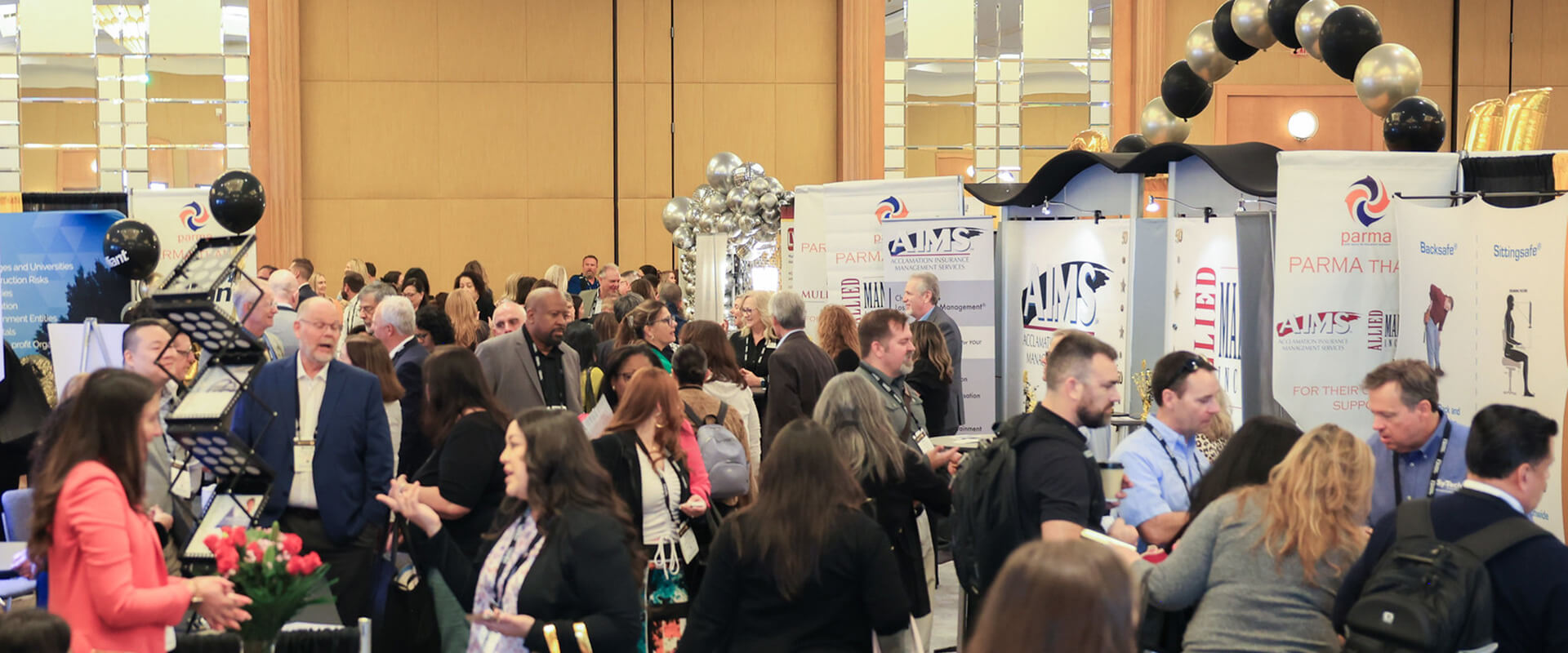Year in Risk 2018
As every risk manager knows, the world is as fraught with risk as ever. This becomes even more apparent as natural disasters, cyberattacks, corporate malfeasance and political and economic uncertainty make headlines and create new business concerns. The following review of some of the notable risk events of 2018 can both remind us where we have been and provide insight into the challenges and opportunities we could face in the years to come.










